|
Flora & Fauna Areas Related Pages SW Caribbean HomePanama Newsletters Panama Cruising Info |
SW Caribbean Flora/Fauna
| Travel to Bonaire and Curacao is possible by private boat, or, more likely, by daily flights originating in Venezuela, the USA and Europe. Once there, self-drive cars are available. The gateway to Panama is through Panama City, from where you can take small hopper planes to the San Blas Islands. There is good public transport on the Isthmus. |
This section highlights some of the interesting flora and fauna -- plants, animals and birds -- of the islands of Bonaire, Curacao, the San Blas Islands of Panama, and the Isthmus of Panama, which we collectively refer to as the Southwest Caribbean.
Our area designated "Southwest Caribbean" encompasses the
flora (plants) and fauna (animals) of the islands of Bonaire,
Curacao, Panama's
San Blas and Caribbean coast to the
Canal. I continued to use my guide books to the Caribbean
(A Guide to the Birds of the West Indies
by Herbert Raffaele, James Wiley and others) and
A Guide to the Birds of Venezuela
by Schauensee and Phelps, published 1978, Princeton University Press, for bird
identification, though I would have loved to have a more complete guide
to the birds of Panama. In many cases, the Venezuelan and West Indian books list
species as migrants to or residents of Panama.
Despite a shift of over 700 miles to the west, the predominant flora (plant) species of the islands were similar to many of those we'd seen elsewhere in the Southern Caribbean. The ornamental plants such as the hibiscus and bouganivillea were ever present in gardens and outside homes. Panama is covered in jungle and while we enjoyed walking there, we did not learn much about the plant species.
FAUNA (Animals) of Bonaire, Curacao and Panama
In the Panama City Municipal Park we were distressed to see a caged Ocelot Felis pardalis. These beautiful small wild cats are endangered as their habitat is being destroyed. Many have also been hunted for their fur, or captured as pets. It is in honor of this beautiful wild cat, that we named our sailboat, Ocelot.
Ocelots are one of the few cats that enjoy the water (swimming and fishing). They are the largest of the "small" American cats (about 30 lbs/13 kg, 18"/.5m at the shoulder, 35"/.9m long with a 15"/.4m tail). They're endangered and now live only in coastal Central America and tropical South America. They hunt by night on the forest floor, eating whatever they catch. Both parents care for the young, and they become sexually mature in 2 years, after which they leave the nest. Ocelots typically live 7-10 years in the wild, or up to 20 years in captivity.
BIRDS of Bonaire, Curacao, the San Blas Islands, and Panama
Although the Troupial is the national bird of Venezuela, we saw far more of them in the bushes and shrubs around Bonaire than we ever did in Venezuela. Their brilliant orange-yellow breast with black and white wings were unmistakable against the blue Caribbean sky.
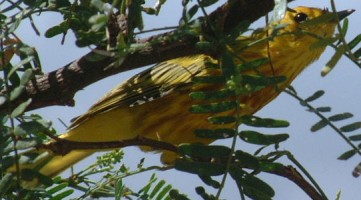 |
Also common in Bonaire was the lovely Yellow Warbler with its streaked breast and olive (female) or reddish-orange (male) cap. Called the Chirito in Venezuela for its warbling song cheeri cheeri chiri chiri, it forages conspicuously in low shrubs for insects. |
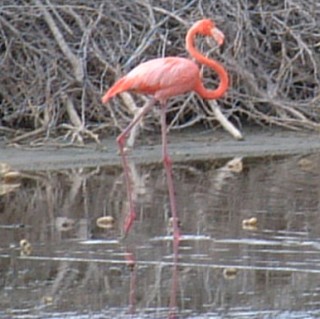 |
A beautiful and elegant addition to my birding were the pink American Flamingoes that are resident in the salt pans of Bonaire and Curacao as well. Flamingoes feed on the brine shrimp in shallow lagoons, and the pink of their feathers is due to their diet of these shrimp. They do a dance we came to call the Flamingo Flamenco, raising and lowering one thin leg, then the other as they stir up the water to locate their meals. |
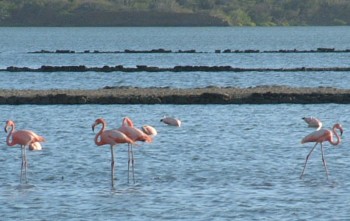 |
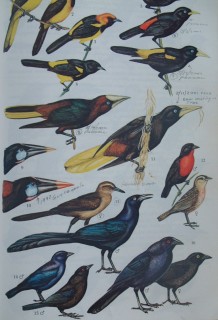 |
In the San Blas Islands of Panama we were amazed at the number of Spotted Rays that leapt out of the water, sometimes as much as 7 feet (2m) high. Given that their mouths are underneath their bodies, we can't figure what they're doing jumping around like that. Perhaps they have a sense of fun??? To the left is an example of a page in the
A Guide to the Birds of Panama |
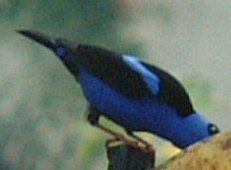 |
After we transited the Panama Canal we took a morning walk in the Panama City Metropolitan Park which is reputed to be the largest metropolitan park in the world. It sure had lots of trails and hills and birds! We stopped at the nursery to watch the local birds feeding on a banana that had been put out to attract them. We were never able to identify these birds, so if someone out there in cyber-ville can help, let us know! |
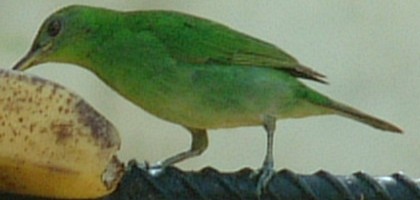 |
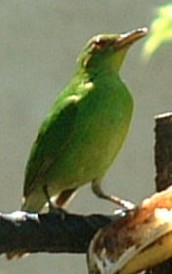
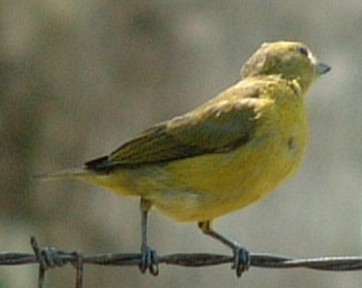
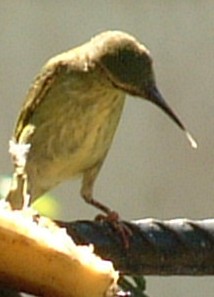
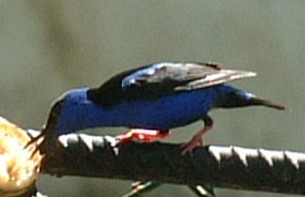
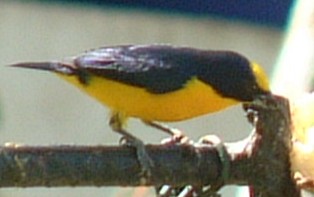
Plants of Bonaire, Curacao, and the San Blas Islands of Panama
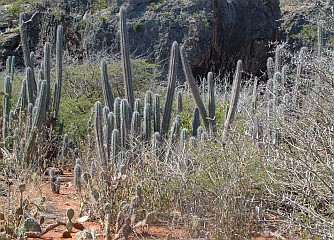 |
Bonaire and Curacao had landscapes similar to the offshore islands of Venezuela: xerophytic (arid), and covered predominantly in cacti and thorn shrubs. Many species of birds are particularly adapted to live in this thorny, dry and harsh landscape. |
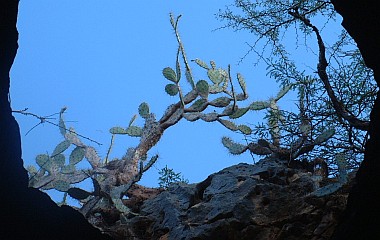 |
Top Level: Home | Destinations | Cruising Info | Underwater | Boat Guests | Ocelot | Sue | Jon | Amanda | Chris | Site Map | Make a Comment
|
If our information is useful, you can help by making a donation |
Copyright © 2000‑ Contact: Jon and Sue Hacking -- HackingFamily.com, svOcelot.com. All rights reserved.